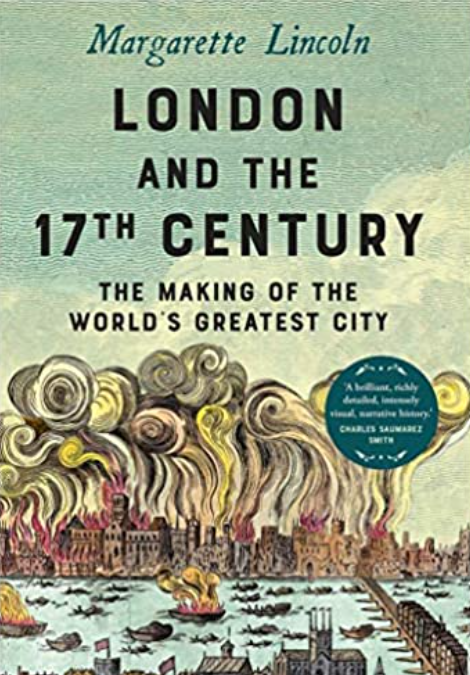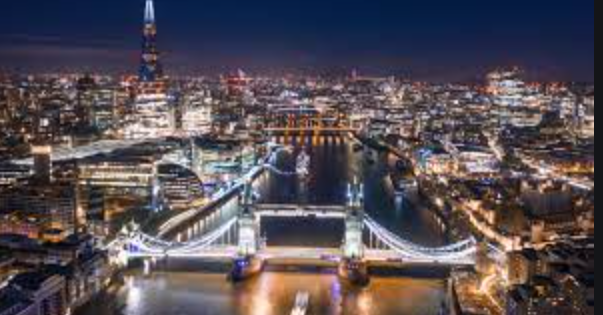
Maritime power of London amid civil war and plague



Margarette Lincoln, former deputy director of the National Maritime Museum, brings detailed account of London life -the gardens, the coffee houses, the shopping and charts the impact of national events growing citizenry with its love of pageantry, spectacle and enterprise. When the Thames froze over and Mary Evelyn, wife of the diarist John, complained about the “cracking of ice, and whistling winds, musick which if continued long in the same quarter may possibly freeze our wits as well as our penns”.
The significant presence of the French Protestant emigres: 5 per cent of London’s population by 1700, contributing 10 per cent of the founding capital of the Bank of England. While Thames may no longer be guarantor of London’s prosperity , a very different sort of flow , that of invisible stuff we call money, liquid desire, has taken its place. If that flow freezes up or diverted into other channels, London may be all washed up.
Financial speculation, the rage of fashion, and a seething property market vie with civil war , deadly plague, and a magical worldview to unsettle our notions of what it was to be a 17th-century Londonrer.
Margarette Lincoln, shows us a world in a flux, , and we recoganise as a sort of modernity coming into being. At the start of the century, Elizabth I was still at the throne, not the Queen Bess of lore and legend, but rather an ageing and unpopular queen presiding over a kingdom, and a capital city, troubled by endless war with Spain, dearth, poverty,and religious faction. Her death was a moment of both release – she had after all been on the throne for the past four decades- and of anxiety. London’s place in welcoming her successor – the Scottish king, James Stuart – was exercised through City institutions which exist to this day: the Corporation of London, the Court of Alderman, the court of Common Council, and the Livery companies.
The century was dominated by the experience of civil war and its aftermath and London was inevitably the linchpin of the struggles between king and parliament. Charles I abandonment of the ancient capital in 1642 was both a sure sing that armed conflict was coming and, arguably, a guarantee that the royalists, starved of London’s unparalled financial resources, would lose,
The king was executed in London, on a scaffold erectred in front of the Banqueting House in Whitehall; and London and the evirons remained the focus of constitutional discussion and constitutional experiments, as the army reduced parliament to a compliant Rump, democratic reform was debated in a church in Putney and Oliver Cromwell moved to dismiss successive parliaments, and concentrate power in his own hands. Restoration of Monarchy in 1660 only initiated three decades in which London was the cockpit of political to-ing and fro-ing, a breeding ground of anti-Catholic paranoia.
London in 1600 was a nervous backwater and by 1700, fortified by a political settlement.
Margarette Lincoln evokes the remarkable figures of the period, including Shakespeare, Bacon, Pepys and Newton and draws on diaries, letters, and wills to trace the untold stories of ordinary Londoners. Through their eyes, we see how the nation emerged form a turbulent century poised to become a great maritime power with London at is heart- the greatest city of its time.
London and the 17th century: The Making of the World’s Greatest City by Margarette Lincoln, Yale £25, 384 pages.
